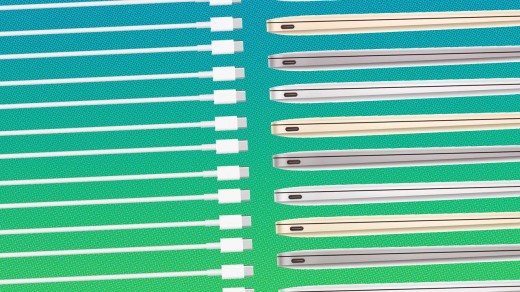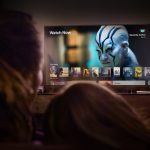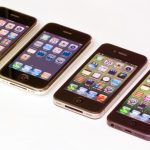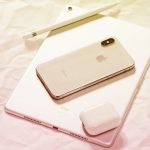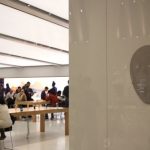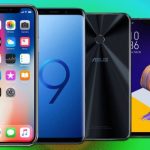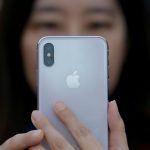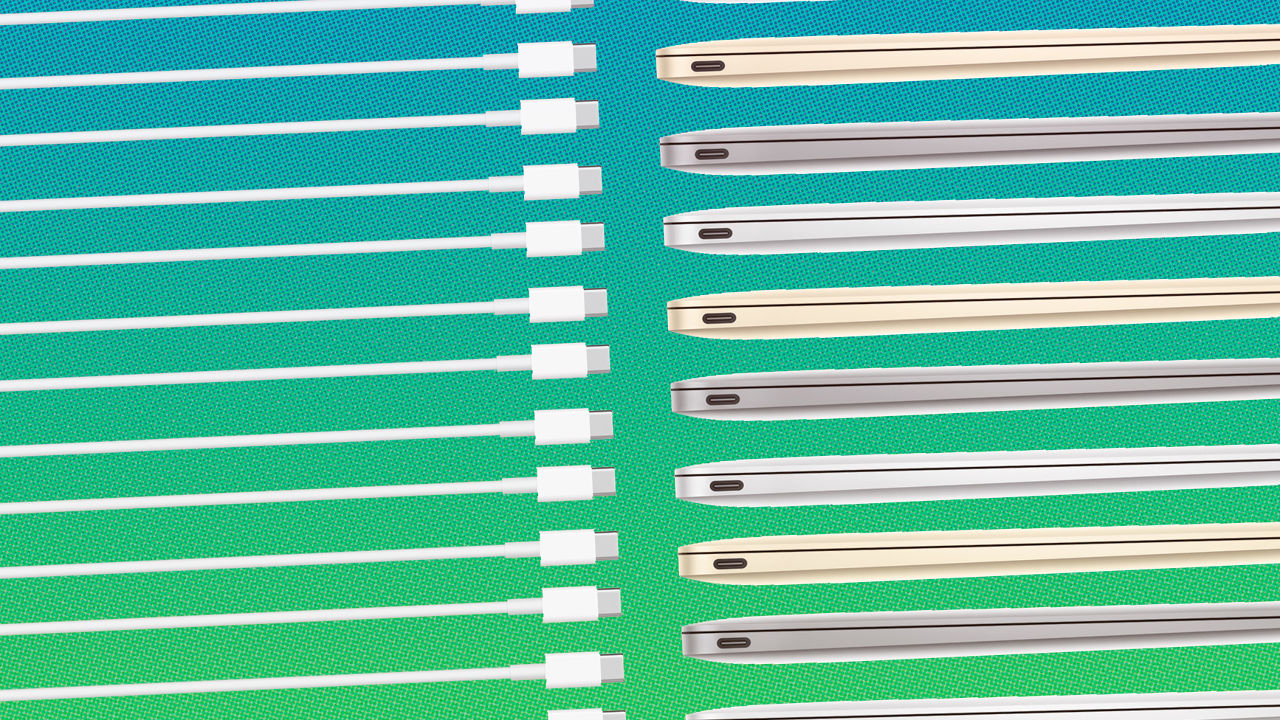Apple And USB: A History Of Adoption, Acceptance, Acquiescence
Did Apple jump the gun with the new MacBook’s sole USB-C connector? If so, it’s in keeping with its character—and not the end of the story.
The Macs and Windows PCs of a couple of decades ago shared few common connectors. PCs had parallel ports for printers and PS/2 ports for keyboards and mice. Macs used SCSI connections for hard drives and ADB connectors for keyboards and mice. Even their serial ports for modems and other peripherals had different shapes.
But Apple shocked the computing world when it swept its old connectors away with the original 1998 iMac. The bulbous computer adopted a then-struggling standard developed by Intel called USB (Universal Serial Bus). In a hint of what was to become the company’s ability to make or break certain technologies, USB would go on to live up to its “universal” descriptor and become the most prevalent connectivity standard in the world. The solid-and-hollow stacked rectangles of its “A” connector now appear in everything from alarm clocks to airplanes.
While every Mac since the iMac has included at least one USB port, Apple seemed to increasingly consider it as a necessary check-off item, a nod to compatibility for those who didn’t need or care for superior performance. With its 2.0 and 3.0 updates, USB would become ever faster and more widespread, but Apple would try to compete with it using technologies that were developed closer to home. Often, these efforts would enjoy limited success.
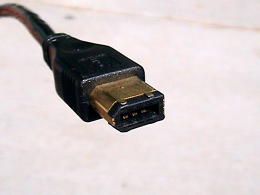
Apple’s first rival to USB was FireWire, also known as IEEE 1394. Developed before USB and particularly adept at transferring the video files of the day, it appeared on many camcorders and Sony VAIO PCs, but saw little support beyond that. FireWire was a key feature of the original iPod, which used its high data transfer rate to differentiate from MP3 players of the time, which downloaded music over USB 1.0 at a snail’s pace. But when Apple brought iPod compatibility to Windows, it had to switch to the competitive standard USB 2.0.
Apple also never embraced USB as a standard connector in its phones and tablets. After supporting the 30-pin docking connector from the third-generation iPod to the iPhone 4, it switched to yet another homegrown connector called Lightning, making the iPhone the only modern smartphone that doesn’t charge with a standard micro-USB connector. Apple collects revenue licensing the Lightning connector as part of its “MFi” (Made for iPod/iPhone/iPad) program. (Of course, both the 30-pin and Lightning cables have a standard USB connector on the other end.)
Meanwhile, back on the Mac, FireWire and USB leapfrogged each other, with USB eventually winning out with USB 3.0. But even then, Apple didn’t really standardize on USB. It countered with Thunderbolt, a collaboration with Intel that could support data transfer as quick as any other PC subsystem, including graphics cards. Thunderbolt supported backward compatibility with FireWire, and Apple eliminated the need for a separate video-out port by letting a Thunderbolt connector double for DisplayPort, its favored video standard.

But the small six-sided Thunderbolt connector has been cast aside with Apple’s new sliver-like MacBook that has just two connectors—one for headphones and the other USB Type-C, a small, flat reversible connector like Apple’s Lightning connector. Apple has been able to move support for DisplayPort video into the USB-C connector, but it can’t support Thunderbolt, which is faster than even USB 3.0.
That will be a blow for the already small number of hard drives that support the Thunderbolt standard, echoing the disappointment experienced by companies that invested in offering FireWire hard drives. The USB-C connector also will serve as the power connector, as Apple uses it to replace its MagSafe technology that allowed power cables to harmlessly disengage instead of pulling the laptop with it off of a table. The SD memory-card slot available in most other Apple laptops has also been removed. As Apple rolls out new notebooks, MagSafe will probably become history, although Thunderbolt will likely live on in Apple’s higher-end MacBook Pro and IMac, and certainly in the pricey Mac Pro.
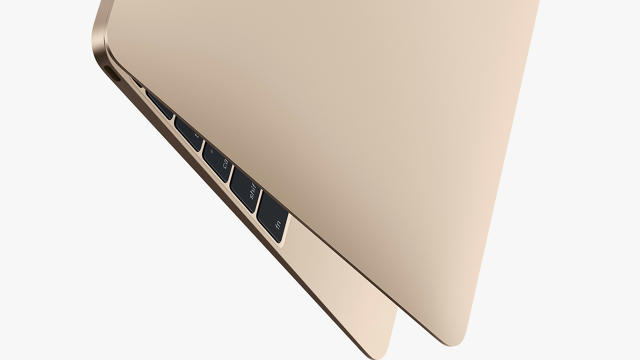
A Jarring Transition
As the first major change to a USB host connector since its creation, the shift to USB-C would be jarring enough in the short term. Beyond that, though, the new connector will have to play triple duty, delivering power, shuttling data, and serving video. Unfortunately, Apple is debuting the connector on its most minimalist Mac yet. By including only one USB-C port on the new MacBook, the company re-creates a limitation of the original one-USB-port MacBook Air in 2008 that it reversed in future iterations.
And while the new MacBook promises long battery life, there are many scenarios, such as attaching an external monitor or hard drive for video editing, that could warrant prolonged use of that port. At its launch event, Apple downplayed the need for multiple connectors, noting that it’s now possible to use technologies that the company has built on Wi-Fi (AirDrop and AirPlay) to exchange files and throw video up on a screen. They are a step toward the “cable-free PC” espoused by Intel, but only partial substitutes for now.
The saving grace is that, unlike MagSafe, using USB-C as a power connector is an open standard, and so we can expect a flood of third-party power adapters to enter the market. Many of these will no doubt serve as hubs that can accommodate multiple USB devices. Some may even feature breakaway MagSafe-like connectors.
At the new MacBook’s introduction, marketing chief Phil Schiller noted that Apple had significant input into the USB-C standard. That’s one way to justify the dismissal of a number of technologies in which Apple and its customers have invested in (and prepare customers for one more head to the hydra of cables that surround projectors in conference rooms). But while Apple may have sacrificed some of its own technologies, the move to USB-C is deeply in character for the company. It always waits to embrace technologies until they serve its needs, and never hesitates to toss away legacy in the pursuit of simplification.
Fast Company , Read Full Story
(227)

